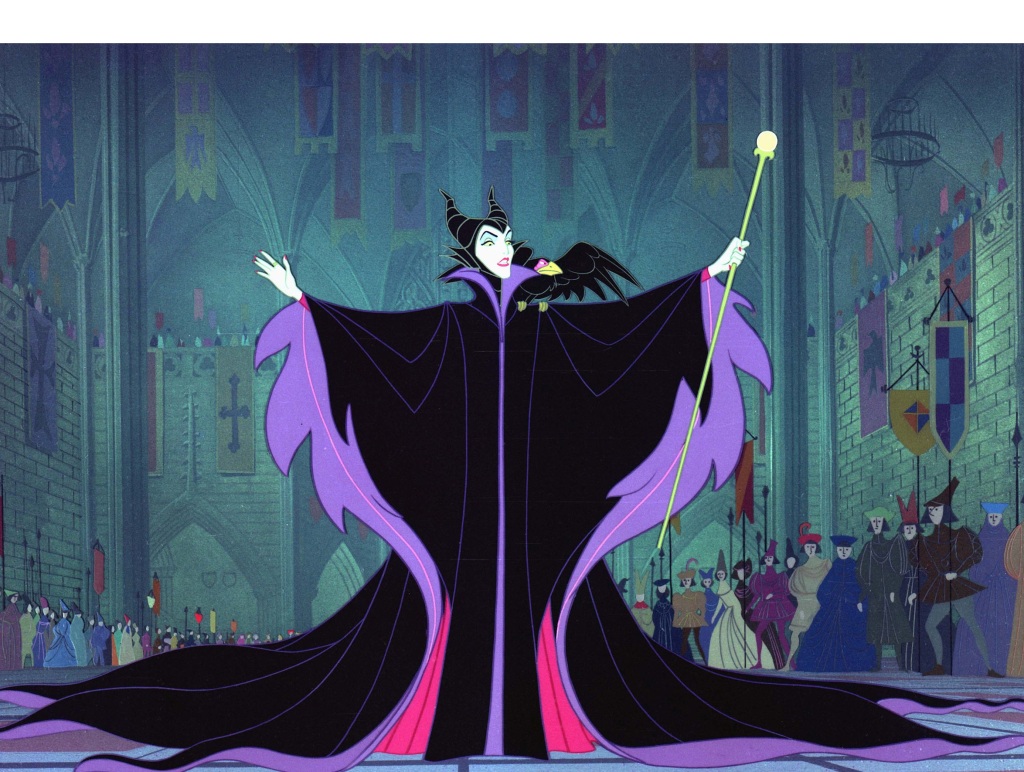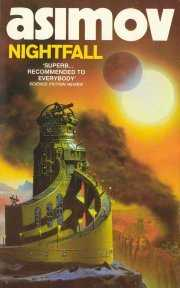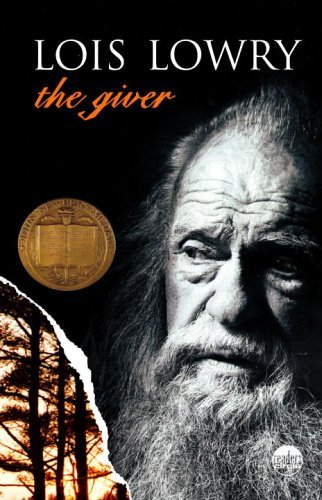 For a writing contest, I have been creating – and more recently, revising – a classic fairy tale tweaked and adjusted to take place in Cadaeren. It’s been a fun process and I’m pleased with how the story is turning out. BUT…it has also been frustrating. Why? Because in general, Grimm’s fairy tales don’t follow a straightforward, easy-to-plot narrative structure.
For a writing contest, I have been creating – and more recently, revising – a classic fairy tale tweaked and adjusted to take place in Cadaeren. It’s been a fun process and I’m pleased with how the story is turning out. BUT…it has also been frustrating. Why? Because in general, Grimm’s fairy tales don’t follow a straightforward, easy-to-plot narrative structure.
Let me explain.
The current way that authors tend to think about plots is as follows. You begin with a protagonist, who has goals. Something happens, which threatens or changes the protagonist’s goals. The protagonist struggles, epically, to try to reach his/her goals, though he/she faces greater challenges at every turn. The protagonist then either reaches or does not reach his/her goals, and this fact is either good or bad for his/her ultimate wellbeing. (I’ve written more about these four types of story endings for anyone who is interested.)
Getting a bit more nuanced, the challenges that the protagonist faces should be in some way tied to what has happened before in the story, and to what will come after it. In other words, there should be foreshadowing, and the events of a plot should be linked rather than random. At a deeper level, one hopes that all of the events of a story would tie together to illustrate a theme or a character arc through which the author says something worth saying.
Fairy tales tend to have problems with both of these aspects of plot. This makes it difficult to stay true to the overall events of the story without doing some major revisions to characterization, significance of events, and in some cases, what actually happens. Let me give an example.
Sleeping Beauty is a fairy tale that we all know. In its original Brothers Grimm form, it goes something like this: A king and a queen have a baby daughter, and rejoice by summoning all the fairies in the realm to a feast. They fail to invite one fairy, however, who curses the princess out of spite, saying that she will prick her finger on a spindle and die. A different fairy is able to reduce the curse: the princess will only fall into a deep sleep, from which she will be awakened by true love’s kiss. The king tries to avoid fate by having all spindles in the kingdom burned. However, the princess, as foretold, pricks her finger and falls asleep. A handsome prince comes many years later, finds the princess, and kisses her. She awakens and they live happily ever after. (For a more complete version, head to http://www.pitt.edu/~dash/grimm050.html).
Who, here, is the protagonist of the story? The king and queen are the ones who take action in the beginning: they have a goal of having a child, they have a goal of protecting their child, and they face challenges that, ultimately, they cannot overcome. But the story isn’t about the king and queen. Is it about Sleeping Beauty herself? It can’t be: she has no goals or desires in the entire story. The only thing the tale says that she wants to do is try using the spindle when she sees it in action – which leads to her being cursed. All right, then. Is the protagonist the prince? He has a strong goal (to brave the mysterious castle to find the princess) and overcomes challenges to reach it, but he isn’t introduced until three quarters of the way through the story. Thus our first problem in retelling it.

In terms of tying elements of the plot together, Sleeping Beauty also has trouble. First, the evil fairy who curses the princess shows up in the beginning of the story, curses the girl, then vanishes, never to return. There’s no reason why there has to be an evil fairy at all. There could instead be an ancient curse that the firstborn of the line always dies, or the king could have found a cursed magic ring that grants the opposite of any wish the wearer requests, thus cursing his daughter with death rather than long life. Any of these would set up a similar problem that could be solved in exactly the same way as the original story is: a good fairy “reduces” the curse or threat to “only” a hundred-year sleep. Sure, why not.
In contrast, a tightly written story has a problem that is specific and unique to the plot and thus can only be solved in a way that is also specific and unique. The Disney version of Sleeping Beauty did this well: Maleficent becomes a character who fights against Sleeping Beauty and her prince, eventually turning herself into a dragon whom the prince must slay in single combat before he can reach the princess. This is a villain whom a nameless ancient curse couldn’t replace, and who the audience cares about defeating.
Second, in the original story, there is no explanation for why certain events happen: the way to reduce the curse is to make the princess instead fall into a hundred-year sleep. Why? Who knows. When she turns fifteen, there simply is an old woman spinning whom she finds, and pricks her finger on the spindle. Why, when spindles have been outlawed? Who knows. After the hundred years pass, there simply is a prince who shows up at the right time. Where did he come from? Why does he want to succeed? Why do we care about him in particular? Who knows.
Finally, there is no character arc – either steadfast or change – that the story puts forth, and no deeper themes (except the simple “one cannot escape fate” message that lies at the heart of many fairy tales) that a retelling could draw upon. Is the princess the same person after her hundred years of sleep than she was before? She might be – or she might not. One retelling might portray the princess as a bold, independent girl who knows and fights against her fate, while another might portray her as a sweet, innocent spirit who knows nothing of what is to happen to her. One princess might come to face her fear of death and be bolder and wiser for it, while another might be humbled after finding that she isn’t as in control of her fate as she realized. Both of these tales could use the same events, thus being equally true to the story, but the characters involved would be completely different.
This is a nice thing for authors, on the one hand. By using a fairy tale framework, you are free to create characters who have unique personalities and motivations, while still giving audiences enough cues so that they know what they’re getting into. When one reads a tale of Sleeping Beauty, for instance, one expects there to be curse, a long sleep, and a prince at the end of the tale with whom the awakened princess can live happily ever after, even while one hopes for new and exciting twists on the plot and characters.
On the other hand, however, adding these unique personalities and motivations makes it difficult to stay true to all the “random” elements of the story. If you make Sleeping Beauty the protagonist, with goals of her own, these goals will somehow have to be pursued throughout the course of the book. To keep the classic plot points from becoming just superfluous happenings along the heroine’s journey, you’ll need to tie them in somehow with her goals. It wouldn’t do, for instance, to have her goal be “becoming the world’s greatest pastry chef,” then have her prick her finger on a spindle, fall asleep, wake up, get married, and finally become the world’s greatest pastry chef. In other words, if the classic events of Sleeping Beauty don’t add anything to the grand plot, then it probably isn’t the story of Sleeping Beauty – or, at least, it shouldn’t be.
In contrast, one plot that might work would be for Sleeping Beauty to have the goal of caring for her people no matter what happens to her. The story might, then, have her rush against time to set up a system of government that will last for a hundred years. She would then prick her finger (either by mistake or as the result of her Evil Enemy) just before signing the final document, waking up a hundred years later to a national disaster and a shambles of a government. She would then need to summon all her wits and resources to try to bring her country back together and defeat the Evil Enemy once and for all. You would have to incorporate, though, what role the prince would play in this, who the Evil Enemy is, and why the princess fell for the whole spindle thing.
In other words, any plot you pick, no matter how interesting it is, has to address the “why” issues raised earlier. There is often a significant tension, in fact, between staying true to the plot of the story and making the story coherent. One answer is to change parts of the narrative to make them flow better. Again, the Disney version of Sleeping Beauty does a good job of this. Sleeping Beauty pricks her finger because Maleficent bewitches her. Also, changing the original story to address the “why this prince” issue, the Disney version compresses the time span. The prince who saves her has been part of the story from the beginning, which not only makes the audience care more about his success, but also answers the question of why he is the “chosen one” from the story’s perspective to save the princess.
 Even the Disney version of Sleeping Beauty, though, is weak on characterization and protagonist goals. The movie Maleficent, for all its clichés, was far stronger in this aspect. By introducing a new character, and making her the driving force behind all the “random” occurrences in the original story for her own aims, the new story was able to have a character arc, be goal-driven, and still be recognizable as the “Sleeping Beauty” story. Unfortunately, it’s much harder to do this when one is retelling many common fairy tales from the perspective of the protagonist.
Even the Disney version of Sleeping Beauty, though, is weak on characterization and protagonist goals. The movie Maleficent, for all its clichés, was far stronger in this aspect. By introducing a new character, and making her the driving force behind all the “random” occurrences in the original story for her own aims, the new story was able to have a character arc, be goal-driven, and still be recognizable as the “Sleeping Beauty” story. Unfortunately, it’s much harder to do this when one is retelling many common fairy tales from the perspective of the protagonist.
It’s still worthwhile, entertaining to write, and hopefully fun to read. Some of my favorite childhood books were fairy-tale retellings. (Ella Enchanted by Gail Carson Levine, for instance.) But even so, it’s a challenge. I look forward to sharing with you the result of my Cadaerian fairy tale and seeing what you think of how I addressed these issues above.
















